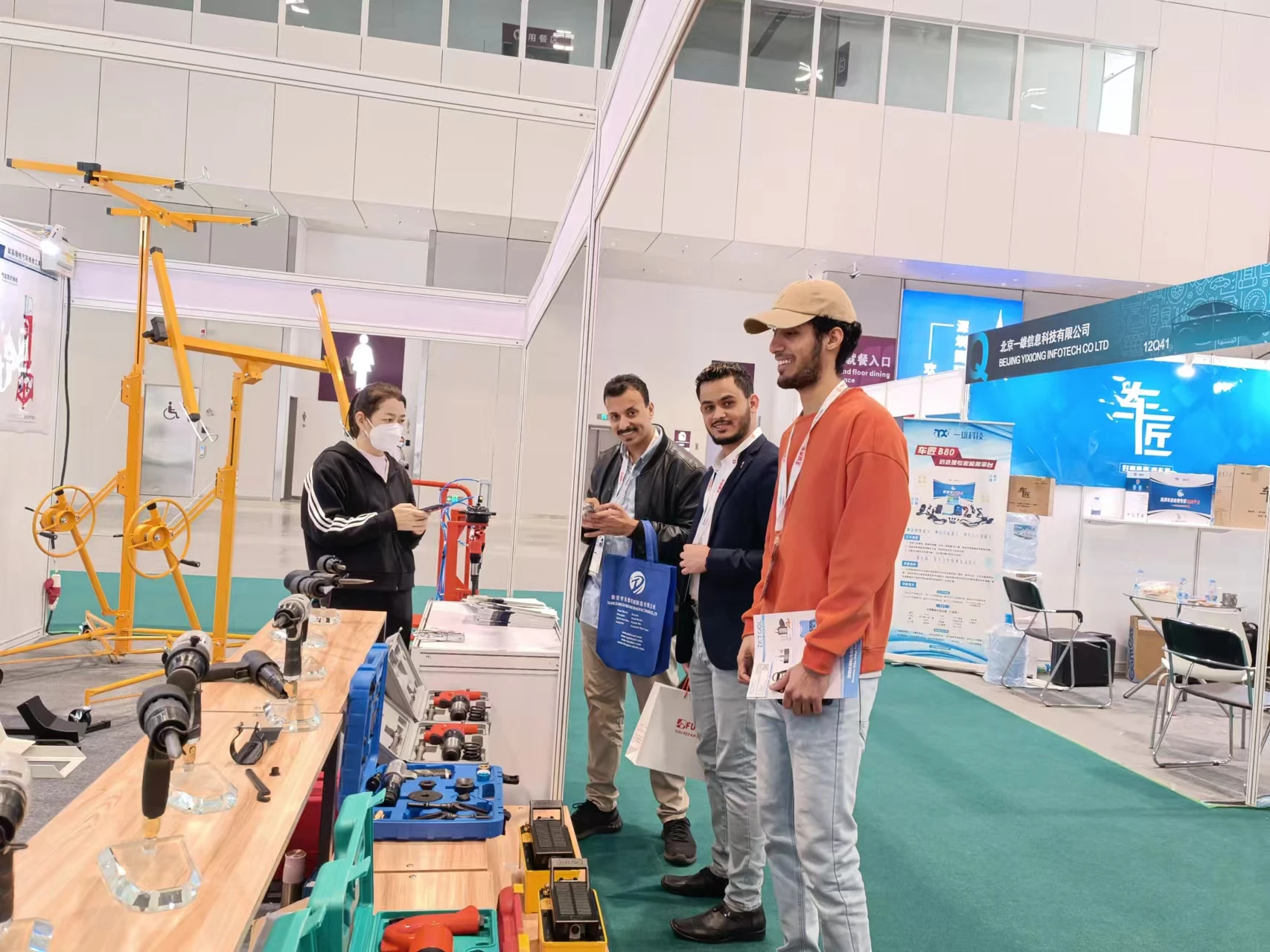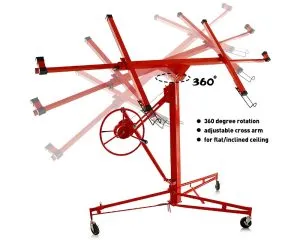2 Ton Folding Shop Crane Lifting Machine Mini Truck Hydraulic Jack Engine Crane Folding Crane


Sound investments also extend to understanding how a 2-ton folding crane fits into the broader picture of operational logistics. It is crucial to evaluate how this equipment integrates within an existing fleet of lifting machinery. Many businesses face the challenge of blending old and new technologies, and the relative ease of incorporating a folding crane can determine the success of the transition. The crane's ability to complement other lifting tools, rather than replace them, often results in more versatile and efficient operations. Real-world success stories often embody the crane’s value proposition. For instance, an auto-repair chain that incorporated these cranes experienced a notable increase in vehicle throughput by reducing the time taken to hoist engines and other cumbersome components. The crane’s ease of use and adaptability led to the reallocation of skilled labor to more technical tasks, enhancing both productivity and employee satisfaction. For an industrial facility focusing on sustainability, folding cranes also offer an environmentally friendly solution. The manual and hydraulic operation models consume minimal power compared to their fully mechanized counterparts, reducing both energy expenditure and carbon footprint. By optimizing lifting operations with such cranes, businesses can achieve sustainability goals while maintaining high operational standards. In summary, the 2-ton folding crane stands out not only due to its mechanical prowess but also its adaptability, durability, and ease of integration into various industrial environments. For professionals who prioritize efficient resource management and operational excellence, incorporating this crane into their equipment roster is a decision backed not just by superior engineering, but by tangible, real-world benefits that align with key performance indicators.
Products categories
Latest News
-
Unlock the Power of the Spring Compressor for Your Projects
NewsApr.01,2025 -
Unlock the Power of Safe and Efficient Compression with the Spring Compressor
NewsApr.01,2025 -
Unlock Maximum Efficiency with the Spring Compressor
NewsApr.01,2025 -
Maximize Efficiency and Safety with the Spring Compressor
NewsApr.01,2025 -
Discover the Efficiency of the 2 Ton Foldable Shop Crane: A Must-Have for Auto Repair and More
NewsApr.01,2025 -
Discover the Best Spring Compressor for Your Needs
NewsApr.01,2025 -
Unlock the Full Potential of Your Workspace with the Tools Trolley
NewsMar.21,2025















